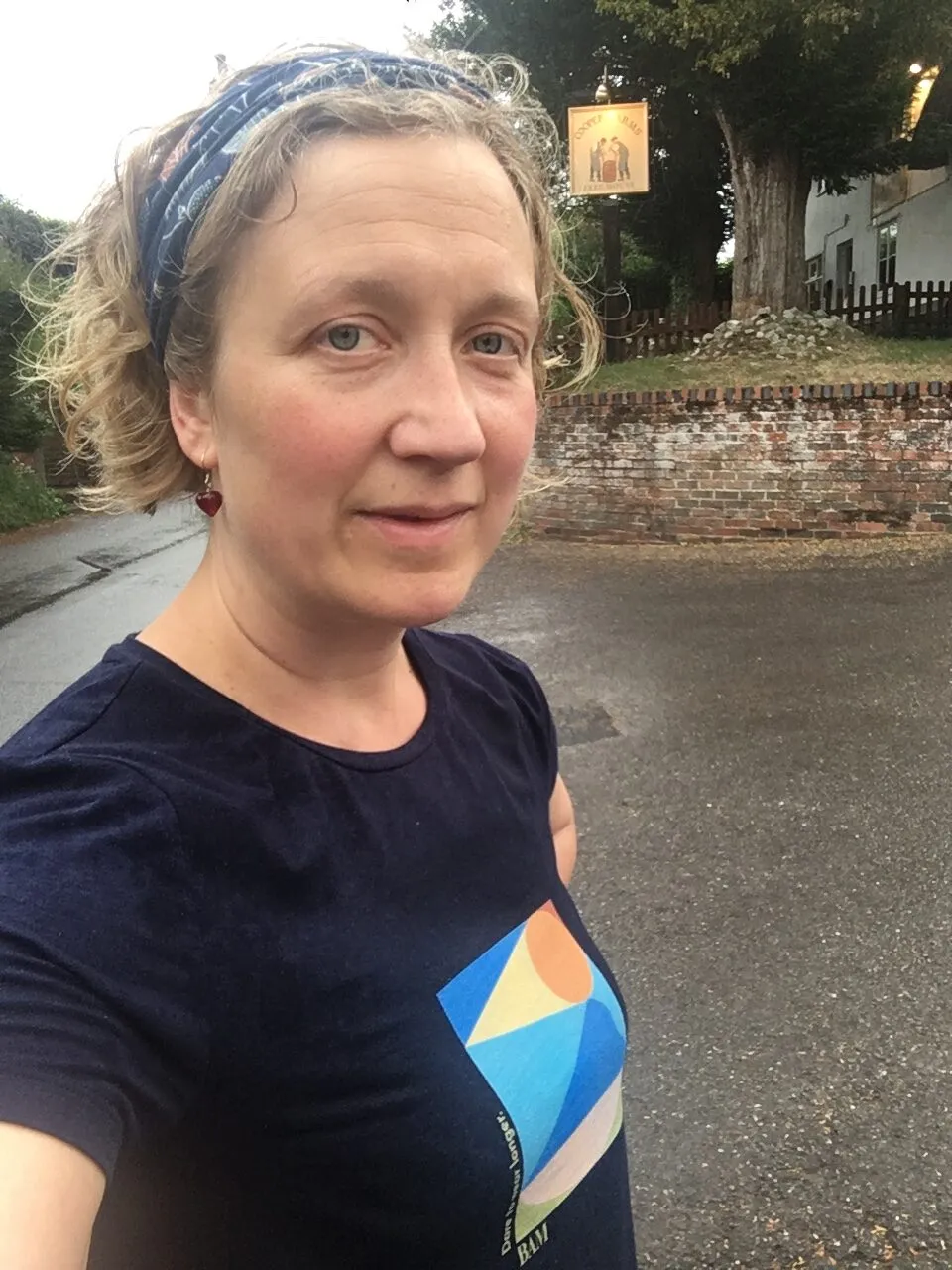With water and energy in such short supply, any tips for saving either are more than welcome. During times of drought, it worries me the amount of washing my family gets through each week, sometimes as much as one wash a day just to stop the basket overflowing onto the bedroom floor.
So I’m curious to take up BAM’s 'Dare to Wear Longer' challenge. The idea is to wear the same T-shirt for a week of work-outs without washing it to prove that bamboo, as a fabric, doesn’t require the same amount of washing as other materials because its moisture-wicking properties prevent odorous smells from developing.
What's different about bamboo compared to other fabrics?
BAM's website claims: "A T-shirt starts to smell when air hits the moisture of your sweat. With synthetics, the moisture sits on the top of the fabric. It’s why it feels damp and gets smelly.
"Our bamboo jersey has a fibre structure which absorbs moisture really effectively. It’s 40% more absorbent than organic cotton. As the air can’t get to the moisture (your sweat), the odour-causing bacteria can’t do its thing and so your T-shirt stays fresh."
Is bamboo fabric better for the environment?
Not necessarily. Yes, bamboo is one of the fast-growing plants on the planet – with some varieties growing as much as 5cm an hour – and doesn't require much water, or any pesticides. But the process of manufacturing bamboo into fabric is chemically intensive – particularly the type labelled 'bamboo rayon', also known as bamboo viscose. For more on this, see this 2020 article by Ethical Consumer.
On its website, BAM addresses this issue in its sustainability pages, stating that it will: "only work with textile manufacturers who have responsible chemical management systems and waste treatment practices and who invest in the technology needed to make things better."
Dare to Wear Longer – the results
A week of work-outs for me equals three outdoor runs in a hilly part of Wiltshire. Here’s how the T-shirt fared.
Run 1: 5km
I put on my T-shirt for the first time and find it soft and light, like other bamboo fabrics I’ve tried. It’s thicker than normal T-shirt materials, and a more flattering fit – which is good, because frankly I need all the help I can get once I’m red-faced and puffing along my way.

Five kilometres later, I’m nicely warm. The fabric feels relatively dry against my skin, despite the heat, and while I wouldn’t ordinarily choose to wear a close-fitted T-shirt on a run, it’s comfortable. I hang it out to dry in the garden and check it later – there’s no smell yet.
Run 2: 6km
This time it’s lightly raining, so moisture is entering the fabric both from my skin and from the elements. I choose a slightly longer route.

The T-shirt holds up well – it feels relatively dry to touch and, again, I’m comfortable wearing it. This run ends with a drink in a pub on the route, and the design of the top comes into its own as I don’t feel self-conscious ordering a drink at the bar. At home, I hang it out on the back of a chair indoors – still no smell.
Run 3: 5km
This is a cross-country run around Knap hill near the Wansdyke in blowy conditions. This is the kind of run I would wear a close-fitting T-shirt for, so I’m glad of the extra protection against the elements.

The fabric is still very soft to wear, even after three work-outs. When it dries there is a faint whiff of something, but it’s not offensive (my husband confirms) and I think I could even wear it again before washing it.
Bamboo as a fabric is not without its environmental problems, but if these can be ironed out then it’s hugely beneficial for any scenario where there is excess moisture. With this challenge, BAM has highlighted the fact that bamboo can save water further down the production line, as it doesn’t need washing to the same degree as less-absorbent materials – with the added bonus that you can also wear it to the pub.
- Shop the range at bambooclothing.co.uk
